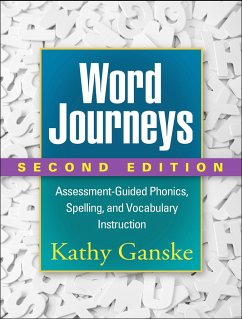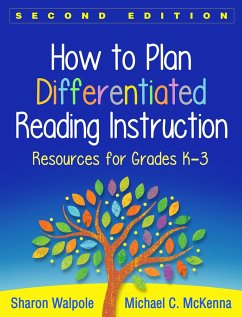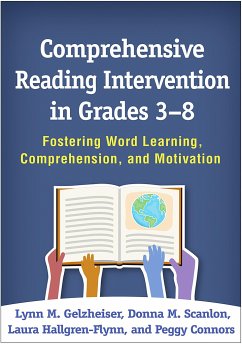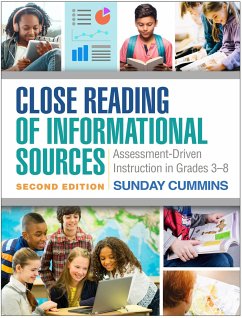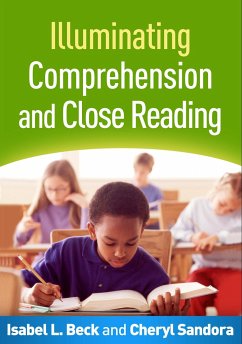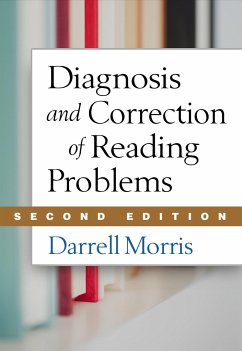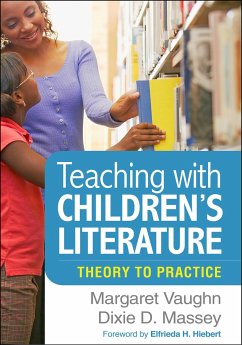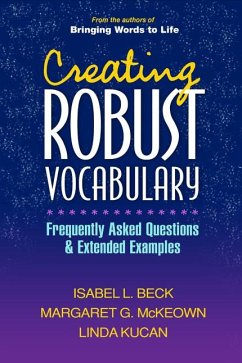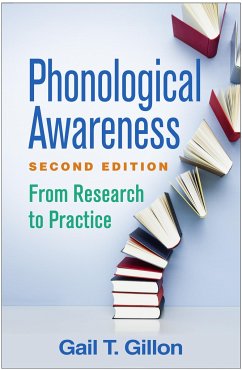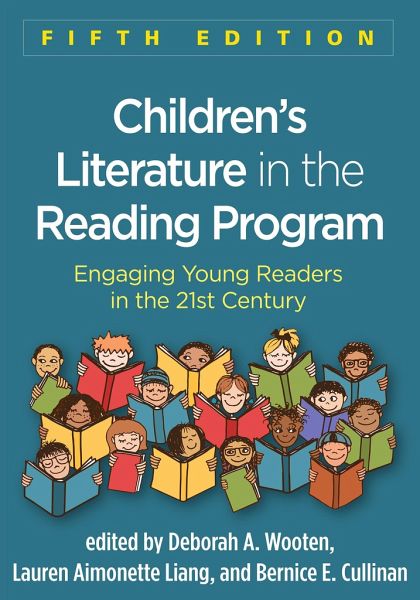
Gebundenes Buch
Children's Literature in the Reading Program
Engaging Young Readers in the 21st Century
Herausgeber: Wooten, Deborah A; Cullinan, Bernice E; Liang, Lauren Aimonette
Versandkostenfrei!
Versandfertig in über 4 Wochen

PAYBACK Punkte
26 °P sammeln!




This indispensable teacher resource and course text, now revised and updated, addresses the "whats," "whys," and "how-tos" of incorporating outstanding children's literature into the K-8 reading program.
Deborah A. Wooten, PhD, is Associate Professor of Reading in the Department of Theory and Practice in Teacher Education at the University of Tennessee, Knoxville. Her research focuses on the use of high-quality, culturally rich children's and young adult literature to teach literacy and content-area skills. Dr. Wooten is a member of the Notable Books for a Global Society committee of the International Literacy Association (ILA) and has served on the Outstanding International Books committee of the United States Board on Books for Young People. Currently she serves on the board of directors of the Children's Literature Assembly and of the Children's Literature and Reading special interest group of the ILA. Lauren Aimonette Liang, PhD, is Associate Professor in the Department of Educational Psychology at the University of Utah. Her research and teaching focus on children's literature and comprehension instruction. Dr. Liang was a member of the 2017 Caldecott Medal Committee of the American Library Association and is president-elect of the Children's Literature Assembly. She serves on editorial boards and committees for the United States Board on Books for Young People and the International Literacy Association, and currently holds the University Professorship Award at the University of Utah. Bernice E. Cullinan, PhD, was Professor Emeritus at New York University until her death in 2015. She was known nationally and internationally for her work in children's literature. Dr. Cullinan wrote more than 30 books on literature for classroom teachers and librarians. She served as president of the International Literacy Association (ILA), was inducted into the Reading Hall of Fame, and was a recipient of the Arbuthnot Award for Outstanding Teacher of Children's Literature from the ILA.
Produktdetails
- Verlag: Guilford Publications
- 5th edition
- Seitenzahl: 233
- Erscheinungstermin: 14. Juni 2018
- Englisch
- Abmessung: 257mm x 180mm x 20mm
- Gewicht: 617g
- ISBN-13: 9781462535828
- ISBN-10: 1462535828
- Artikelnr.: 50018379
Herstellerkennzeichnung
Libri GmbH
Europaallee 1
36244 Bad Hersfeld
gpsr@libri.de
Für dieses Produkt wurde noch keine Bewertung abgegeben. Wir würden uns sehr freuen, wenn du die erste Bewertung schreibst!
Eine Bewertung schreiben
Eine Bewertung schreiben
Andere Kunden interessierten sich für


